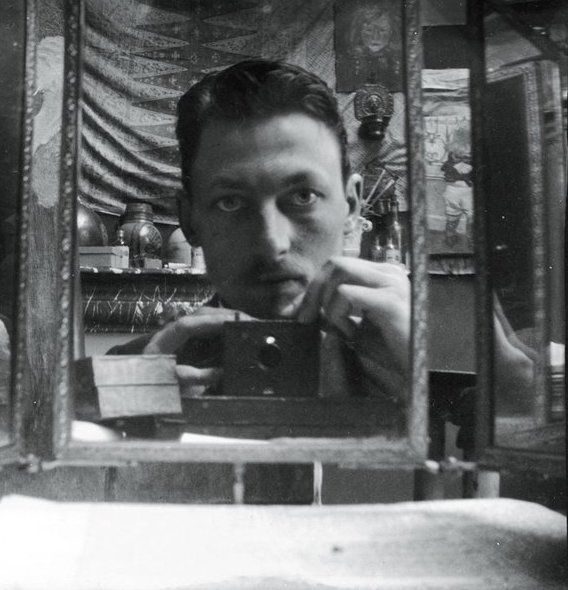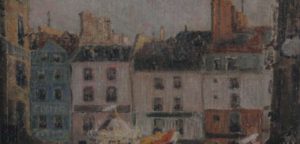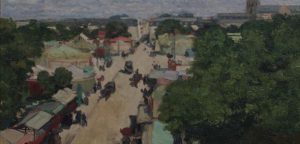Henri Evenepoel was born on the 3rd of October in 1872 in Nice, the Provence region, France.
1872 - 1899
Henri Evenepoel

description
Henri Jacques Edouard Evenepoel was a Belgian and French painter, engraver and draftsman.
During his short creative career, Henri Evenepoel created the vast majority of works in a style that later was called Fauvism. Worked in the genre of portrait, including nude, created interiors, storyboards and posters. Was one of the first to actively and creatively use the photo to create original works of art. Both the paintings and drawings of the artist are in the collections of the best galleries and museums in Europe.
Key ideas:
– Most paintings of Henri Jacques Edouard Evenepoel are portraits of his family members and friends. Expressing the characteristic features of the personality, the artist conveys his attitude towards the depicted ones, emphasizing either tenderness, for example, in the portrait of his son “Charles in a striped jumper”, in the portrait of his beloved cousin Louise, or his admiration of nature, for example, in the canvas “Nude woman”. In the works of such theme, there are more chromatic and quiet and even muted chords of colors and light.
– Other favorite genres are interiors of the artist are interiors (“A room of an artist”), plot pictures featuring fairs and celebrations. In these works, the artist uses controllably bright colours to simplify the space. The key idea, according to the artist himself, is “to display everything conceived on the surface, that is, not to take the viewer’s eyes into the depth of the canvas”.
– Since 1897, using a portable photographic device “Kodak”, the artist often replaces sketches with photos. Looking at the print, Henri, for example, creates “Self-portrait in a tripartite mirror” (1898). Spending summer months in the Belgian village in a family circle, Evenepoel also experimented with photo, calling his pocket device “a real gem”. Pictures made in Algeria helped Henri create several color canvases on the eastern theme.
– Actively creating posters, making lithographs and etching, Evenepoel rarely builds compositions without people. Thus, he develops his favourite genre of portrait in graphics.
– In general, the artist preferred the synthesis of forms of different techniques, applying a subtle gradation of tones, bold color combinations and sweeping and energetic strokes.
1872
1880
1892
1893
1894
1895
1897 - 1898
1899
The birth of the artist
Studied at the Academy of Arts in Saint-Joss-ten-Node
Studied at the Academy of Arts in Saint-Joss-ten-Node (French-speaking district of Brussels). Later he studied painting and arts and crafts at the Belgian Royal Academy of Fine Arts.
Settled down in Paris
Settled down in Paris, started giving lessons of applied arts; copied works of Rembrandt and Botticelli in the Louvre.
Visited the workshop of Gustave Moreau
Visited the workshop of Gustave Moreau, where he got acquainted with future fauvists Henri Matisse, Georges Rouault, Albert Marquet, got carried away by this art movement; often painted scenes of Parisian life.
His art debut at the Paris Salon
His art debut at the Paris Salon (he presented a portrait of his beloved cousin Louise); became a father and frequently depicted his son Charles de Mey.
Participated in the exhibition on the Champ de Mars
Participated in the exhibition on the Champ de Mars, where he presented four portraits that were successful with the public and critics.
Enjoyed the art of photography
Enjoyed the art of photography; made a trip to Algeria; Artistique Cercle ET Littéraire (Brussels Association of Artists, Musicians and Writers) organized the first and only personal exhibition of Henri Evenepoel (was opened in December 1897).
The death
The artist died on the 27th of December in 1899 in Paris.








